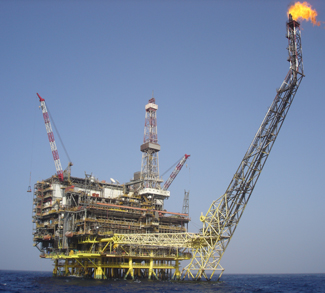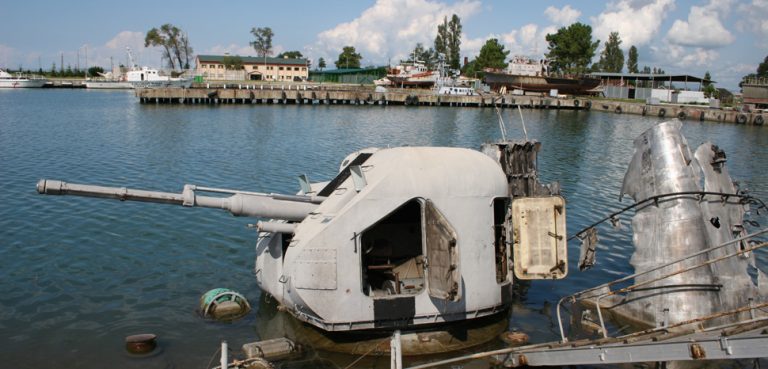Summary
The downfall of President Omar al-Bashir has failed to bring about an end to Sudan’s protest movement. Rather, the conflict has entered a new phase, one where civilian and military leaders are vying for maximum advantage in the new political order that’s about to be born.
The parallels to the early days of the Arab Spring are glaringly obvious. But what will the second phase of Sudan’s revolution look like – the tenuous success of Tunisia, the backsliding of Egypt, or the slaughter of Syria?
Background
Protests broke out in Sudan in late December over soaring prices for essentials like bread and gasoline. Initially restricted to the countryside, the demonstrations spread to the capital of Khartoum and their aim narrowed in on the removal of long-serving President Omar al-Bashir.
A stand-off between authorities and demonstrators unfolded over the first three months of 2019. Acts of violence and intimidation by shadowy paramilitary organizations were widespread, resulting in hundreds of deaths and disappearances.




